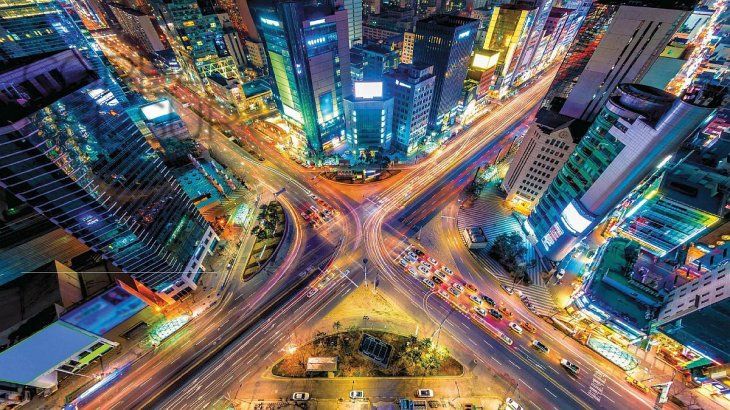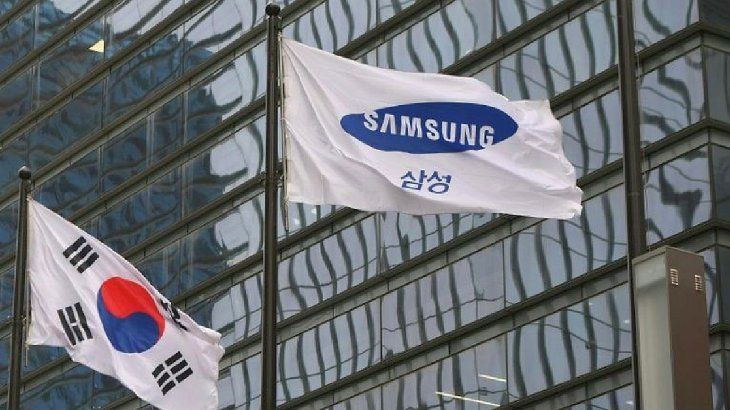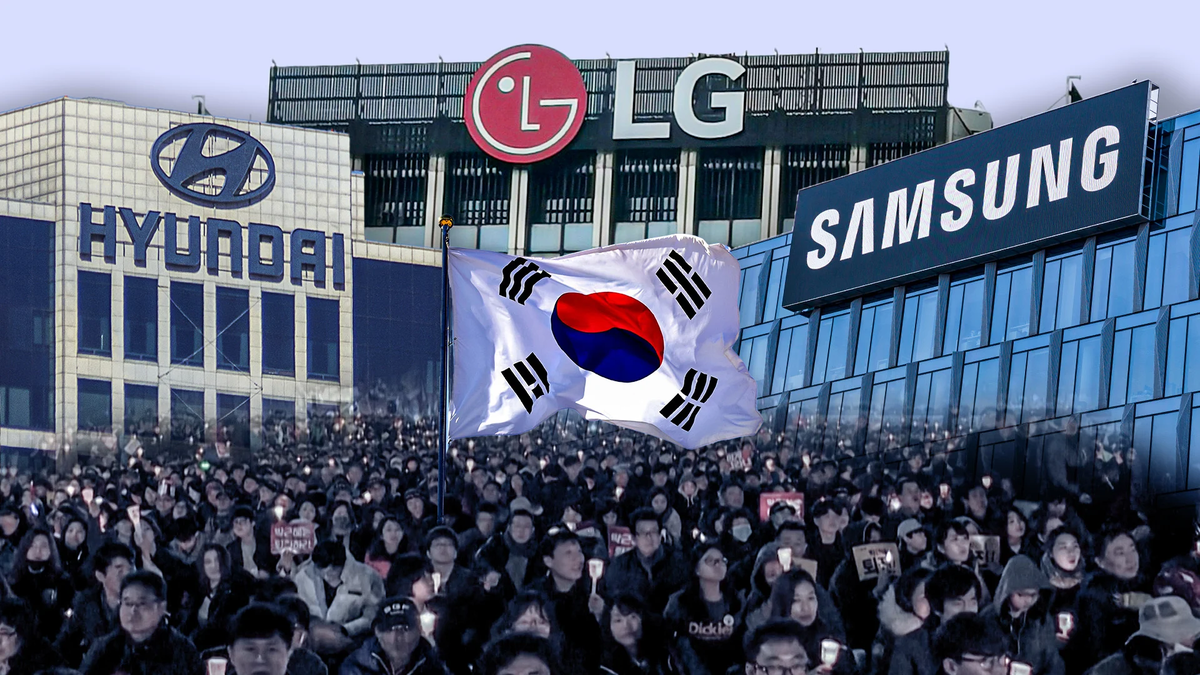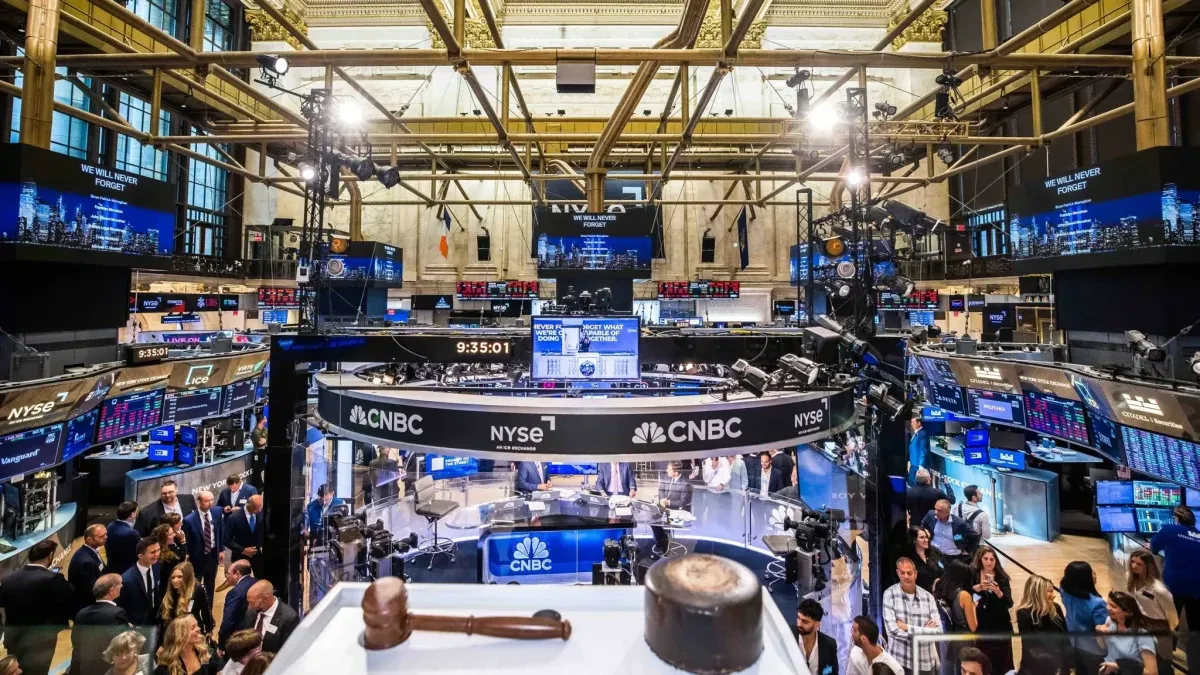South Korea is the example of how a nation without natural resources can recover from a devastating war.
All countries in the world went through, at some point in their existence, a war that destroyed everything and forced the nation to resurface from ashes to Create the foundations of a new society. Some did better than others, and the results of the hard work depend on the political and economic decisions that are taken.
The content you want to access is exclusive to subscribers.
South Korea He went from being a small and young Asian country to being the mecca of technological innovation, with numerous companies avocado to the communication and entertainment that they knew how to travel to the west to expand their roots. After the war between the two Koreas, the real growth.


South Korea.jpg

Magzter
The Korean War and its consequences
The Korea Wardeveloped between 1950 and 1953, it was a conflict that divided the Peninsula and consolidated the rivalry between two opposite political systems. After World War II, Korea was divided into two areas of influence: the north, backed by the Soviet Union, and the south, supported by USA. On June 25, 1950, North Korean leader Kim Il-Sung ordered the South Invasion with the aim of reunifying the Peninsula under a communist regime. In response, the UN, with the United States to the front, It intervened militarily.
The conflict, which left between 2.5 and 3 million deadIt was brutal and devastating. In 1953, an armistice was signed in Panmunjom, establishing the current Demilitarized Zone (DMZ)a strip of 250 km that separates both countries. However, a definitive peace treaty was never signed, which means that, technically, Both countries are still at war. At the geopolitical level, the war consolidated the Cold War in Asia, strengthened the military alliance between the United States and South Korea and deepened the North Korea Dependency of China and Russia.
The resurgence of South Korea
In the 1950s, South Korea was one of the poorest countries in the world, with a bare’s GDP $ 79. However, under the presidency of Park Chung-Heethe country initiated an accelerated industrialization process based on export and conglomerate development Business known as Chaebols, Like Samsung, Hyundai, LG, among others. In the 1980s, the economy grew at rates greater than 8% per year, transforming the country into a manufacturing power.
At the political level, South Korea lived decades of authoritarian governments Until, in 1987, popular protests managed to establish a democratic system. In social terms, the urbanization grew exponentially: today, more than 81% of the South Korean population lives in cities, with Seoul as an economic and technological epicenter. In addition, education and innovation became fundamental pillars of the South Korean model.
South Korea Samsung.jpg

Yahoo
The present
Currently, South Korea is the tenth largest economy in the worldwith a nominal GDP of approximately 1.72 billion dollars in 2023 and a GDP per capita greater than $ 33,000. The country is leader in technology, with companies such as Samsung and LG dominating the electronics sectorand Hyundai and Kia competing in the global automotive industry. In addition, he is the largest world producer of semiconductors, fundamental for the digital economy.
In the cultural field, South Korea consolidated its global influence through the phenomenon of the Hallyu or “Korean wave”, with the K-Pop, cinema and television series by winning worldwide recognition. Movies like Parasite (2019) and series like Squid Game (2021) demonstrate the impact of South Korean entertainment.
Source: Ambito




